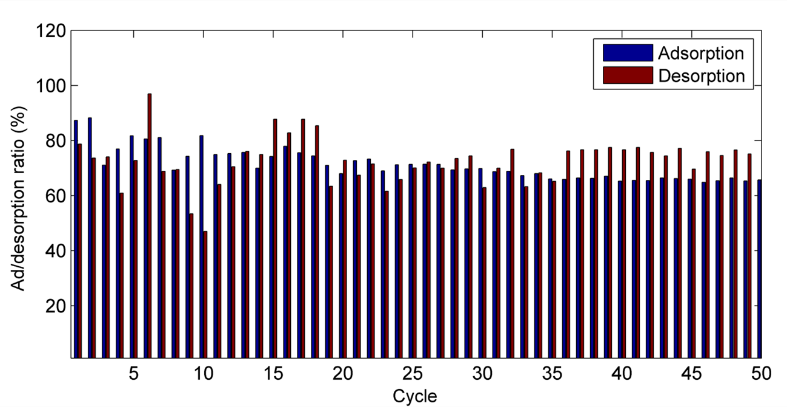30 kesä Nanorakenteiset hybridimateriaalit jätevesien puhdistamiseen raskasmetalleista
Name: Nanorakenteiset hybridimateriaalit jätevesien puhdistamiseen raskasmetalleista
Acronym: HybREC
Duration: 1.7.2013 – 31.10.2014
Total costs (€)/Tekes support: 240 000 € / 216 000 €
Leading research organization partner: University of Eastern Finland
Contact persons: Vesa-Pekka Lehto, University of Eastern Finland, vplehto(at)uef.fi
www: http://www.uef.fi/en/web/pharmaceuticalphysics/research-group
Company partners: Okmetic Oyj, Boliden Kokkola Oy, Kylylahti Copper Oy, Wetend Technologies Oy, Boliden Kokkola Oy
Number of invention disclosures: 1
Need and motivation of the project:
Extracting heavy metals from wastewater is still challenging at low concentrations. Especially uranium (U) and lead (Pb) are problematic. Furthermore, present technologies for extraction of REE metals like scandium (Sc) are not efficient.
Main set targets:
Microcrystalline bisphosphonates (BP) has been recognized to extract effectively several metal ions at low concentrations. Nanoporous silicon carbide (pSiC) can serve as a permeable framework for BPs. The stable hybrid material of BP and PSi can make the adsorption of metal ions faster and more effective so that the hybrid material can be utilized in flow through systems as adsorbents/filters. The metal ions adsorbed can be recovered with an acid treatment and as the hybrid material is extremely stable, it can be re-used for several times.
Key results
An extremely stable conjugation method to attach BPs on pSiC surface was developed. The hybrid material is able to remove heavy metals in low concentrations very effectively. It can be re-used for several tens of times and the metals can be recovered (Figure 1). The adsorption/desorption process is fast enough so that the hybrid material can be used in flow-through systems even though the particle sizes are as large as 150 – 300 µm.

Figure 1. Adsorption/desorption study on the hybrid material for 50 cycles with 10 ppm copper aqueous solution. Desorption was realized with 0.1 M HCl. Corresponding results was obtained also with Cu, Zn and U.
Commercialization measures and/or potential:
One BP molecule has already been commercialized by University of Eastern Finland. The price of the present pSiC raw material (single crystal Si) might not be attractive for commercialization of the hybrid material. However, clearly cheaper options with lower quality are available and the study in now concentrating on the feasibility studies of these cheaper materials. Also, the critical tests regarding the commercialization with multi-metal real waters will be studied. The hybrid material (the production method) could already be protected/patented for metal ad/desorption and the invention disclosure has been submitted to the university. Due to this reason no results has been published in scientific journals.
During the project, it was recognized that one of the best route to commercialize the hybrid materials is to use it as a general adsorbent/filter material to concentrate metal cations from low concentration natural or industrial discharge waters for quantitative analysis. By filtering ca. 0.5 liter of water through the filter, the metal cations are collected on the filter and the measurement can be made with hand held XRF instrument on site without any expensive laboratory analytics that also demand complicated sampling, packing and shipping of the water samples. On site measurements speed up the metal analytics considerable and make the analysis cheaper. Both qualitative and quantitate results can be obtained.


